Snakes, those fascinating reptiles that have captivated human imagination for millennia, exhibit a wide range of behaviors that continue to intrigue scientists and enthusiasts alike. Among these behaviors is a curious movement pattern that resembles pacing—a repetitive traversing of their environment that can be observed in both wild and captive specimens. This serpentine “pacing” has multiple underlying causes and serves various functions depending on the species, environment, and individual circumstances. Understanding why snakes engage in this behavior provides valuable insights into their cognitive processes, environmental needs, and overall well-being. This article explores the multifaceted reasons behind why some snakes appear to pace their territory, from biological imperatives to responses to captivity.
The Fundamental Nature of Snake Movement

Snakes move in distinctly different ways from mammals, utilizing their elongated bodies and specialized musculature to navigate their environments. Unlike mammals that pace with legs, snakes employ several locomotion methods including lateral undulation (the classic S-shaped movement), rectilinear progression (straight-line movement used by large constrictors), sidewinding (used by desert species), and concertina movement (alternating gripping and extending). What might appear as pacing to human observers is actually the snake utilizing these various locomotion techniques repeatedly within a confined space. The repetitive nature of these movements, especially when conducted along the same path, creates the visual impression of pacing behavior that resembles what we might see in captive mammals.
Territorial Patrolling in Wild Snakes
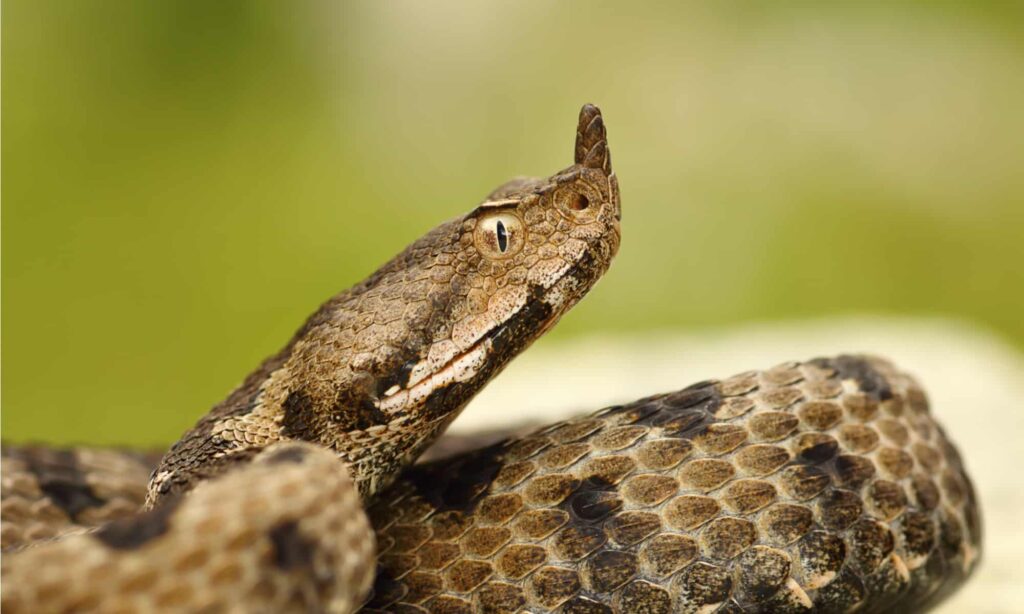
In their natural habitats, many snake species establish and maintain territories, particularly during breeding seasons or in resource-rich areas. Males of species like rattlesnakes and kingsnakes will regularly patrol the boundaries of their territories, leaving pheromone trails that serve as chemical signposts to potential rivals and mates alike. This patrolling behavior involves traveling along similar routes repeatedly, which can appear as pacing to observers. The regularity of these movements isn’t random but serves crucial biological functions related to territory defense, mate acquisition, and resource protection. Studies have shown that some snakes can recognize and remember the boundaries of their territories for extended periods, demonstrating sophisticated spatial awareness.
Thermoregulation as a Driver of Repeated Movement
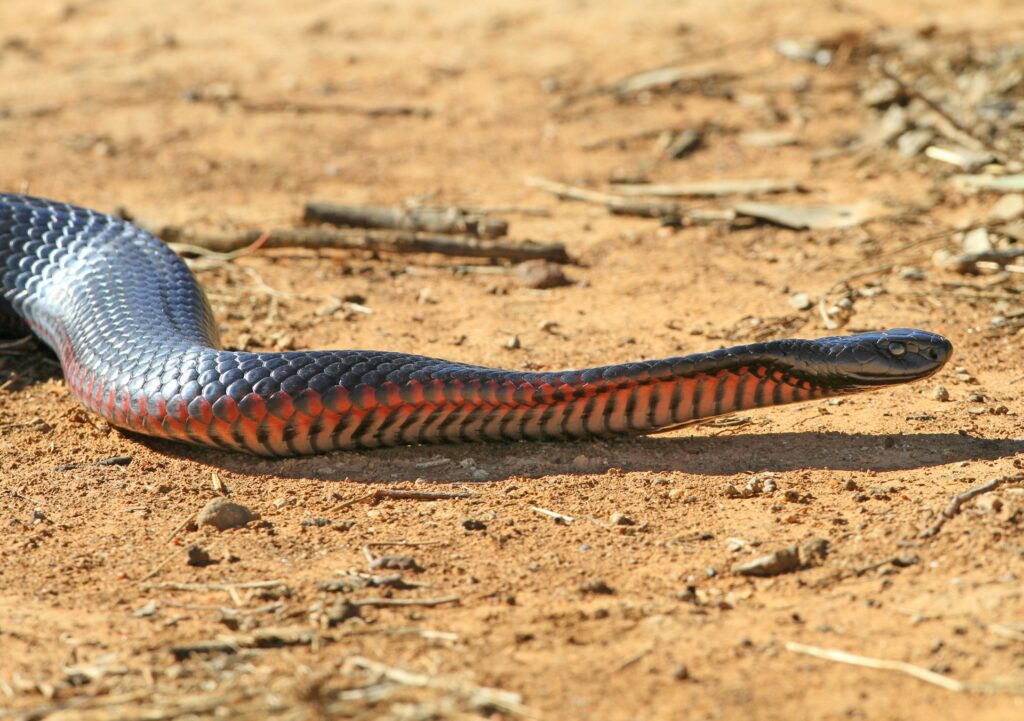
Snakes are ectothermic creatures, meaning they rely on external sources to regulate their body temperature. This physiological reality often drives behavior that might appear as pacing to human observers. A snake may move repeatedly between warmer and cooler areas within its environment to maintain optimal body temperature, creating a pattern of back-and-forth movement. In captivity, this behavior becomes even more pronounced if the enclosure has limited thermal gradients. The snake might continually travel between the warmest spot (often under a heat lamp) and cooler areas, creating a visible pattern of movement that resembles pacing but is actually sophisticated thermoregulatory behavior essential for their metabolism, digestion, and overall health.
Hunting Patterns and Prey Detection
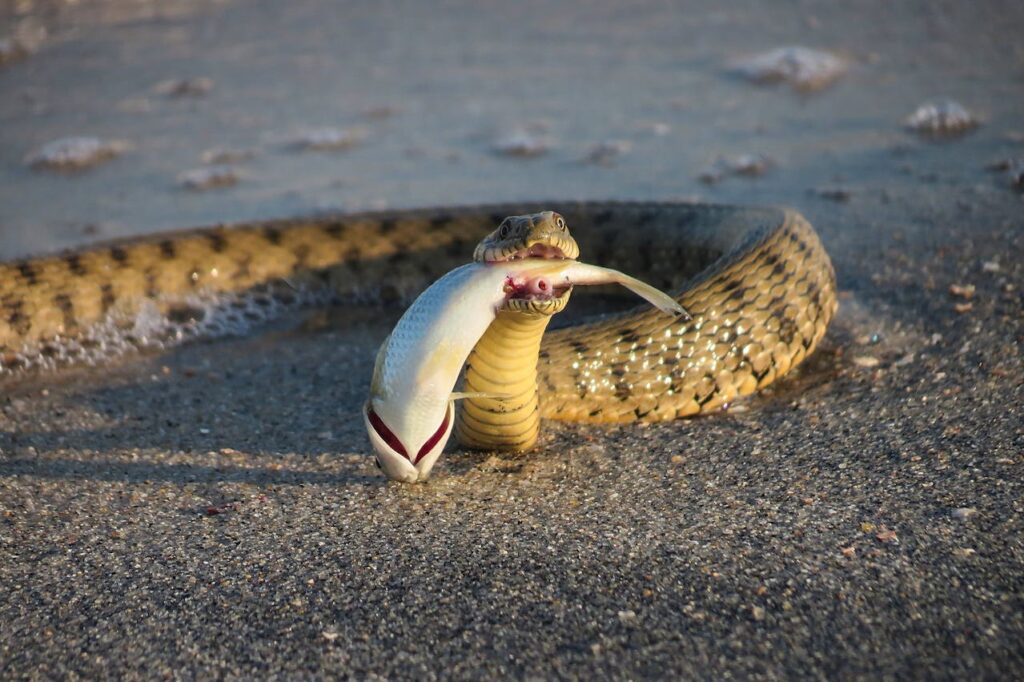
The hunting strategies employed by many snake species involve methodical movement patterns that can appear as pacing. Ambush predators like vipers may repeatedly traverse potential hunting grounds, seeking optimal positions from which to strike. Active foragers such as rat snakes and racers will systematically search their territory, often following similar paths as they investigate burrows, crevices, and other potential prey hideouts. This repeated movement along familiar routes enhances hunting efficiency by allowing the snake to thoroughly cover its territory while conserving energy. The snake’s sensory organs, particularly the vomeronasal system that detects chemical cues, work continuously during these movements, gathering crucial information about potential prey in the vicinity.
Stress Response in Captive Environments
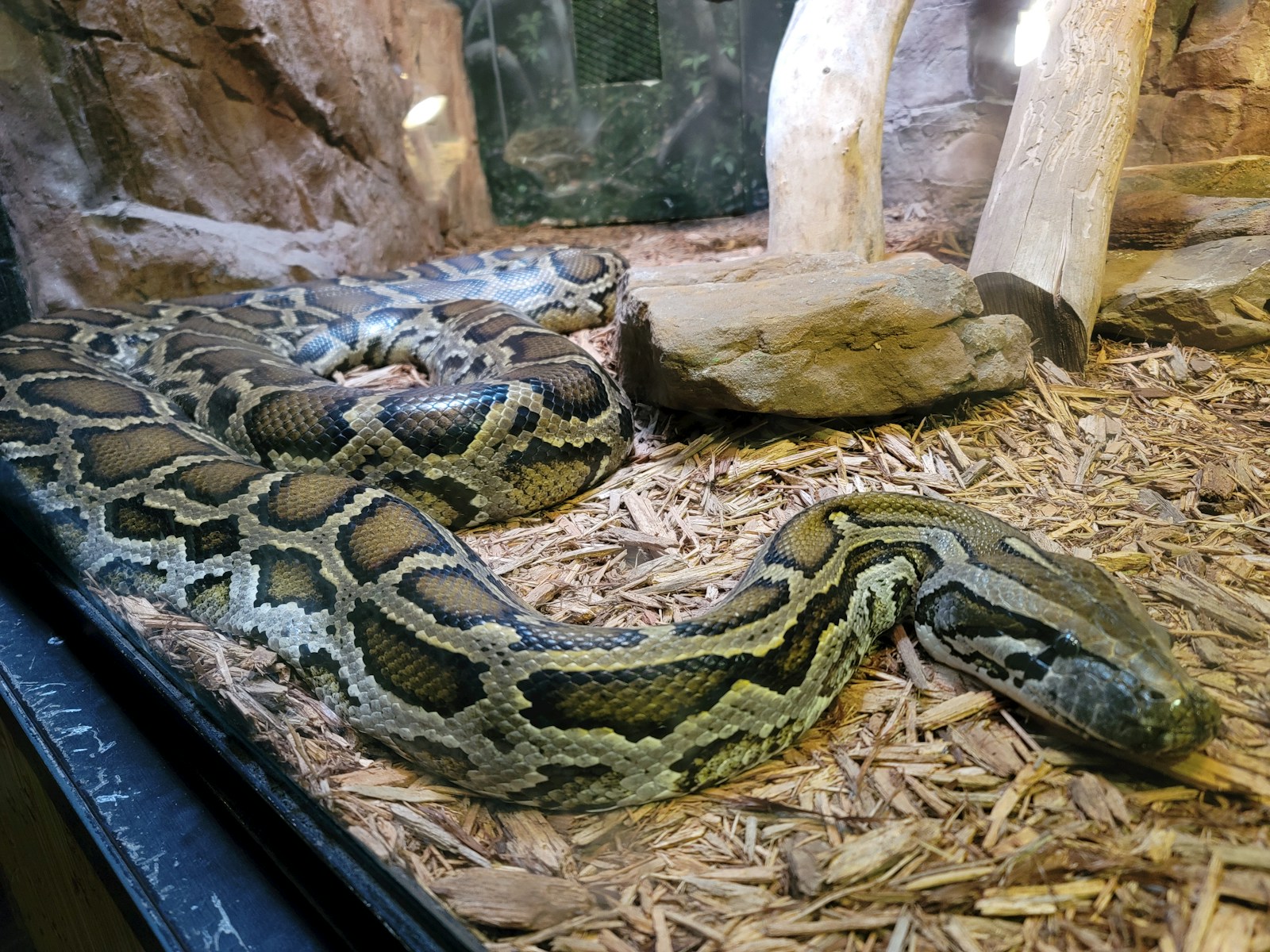
Perhaps the most concerning form of snake “pacing” occurs in captivity and represents a stress response to inadequate living conditions. Captive snakes may exhibit stereotypic behaviors—repetitive movements with no apparent goal—when their enclosures are too small, lack appropriate hiding places, or fail to meet their environmental needs. This genuine pacing behavior is distinct from the purposeful movements described earlier and serves as an important indicator of compromised welfare. The snake may repeatedly rub against glass walls, circle the perimeter of the enclosure, or constantly attempt to escape, behaviors that can lead to physical injuries like rostral abrasions and psychological distress. Responsible keepers recognize these signs as urgent calls for environmental enrichment and enclosure improvements.
Seasonal Influences on Movement Patterns

Snake movement patterns, including those that might be interpreted as pacing, often follow seasonal rhythms tied to reproduction, hibernation, and resource availability. During breeding seasons, male snakes dramatically increase their movement ranges as they search for receptive females, sometimes covering several miles in pursuit of mating opportunities. This heightened activity can manifest as increased movement within a territory, with males repeatedly traversing familiar routes where females might be encountered. Conversely, as brumation (reptilian hibernation) approaches, snakes may exhibit restlessness as they search for appropriate overwintering sites, a behavior that’s particularly evident in captive specimens that lack suitable hibernation options. These seasonal behavioral shifts demonstrate how snake movement patterns are intricately connected to their life cycle and environmental cues.
The Role of Sensory Exploration
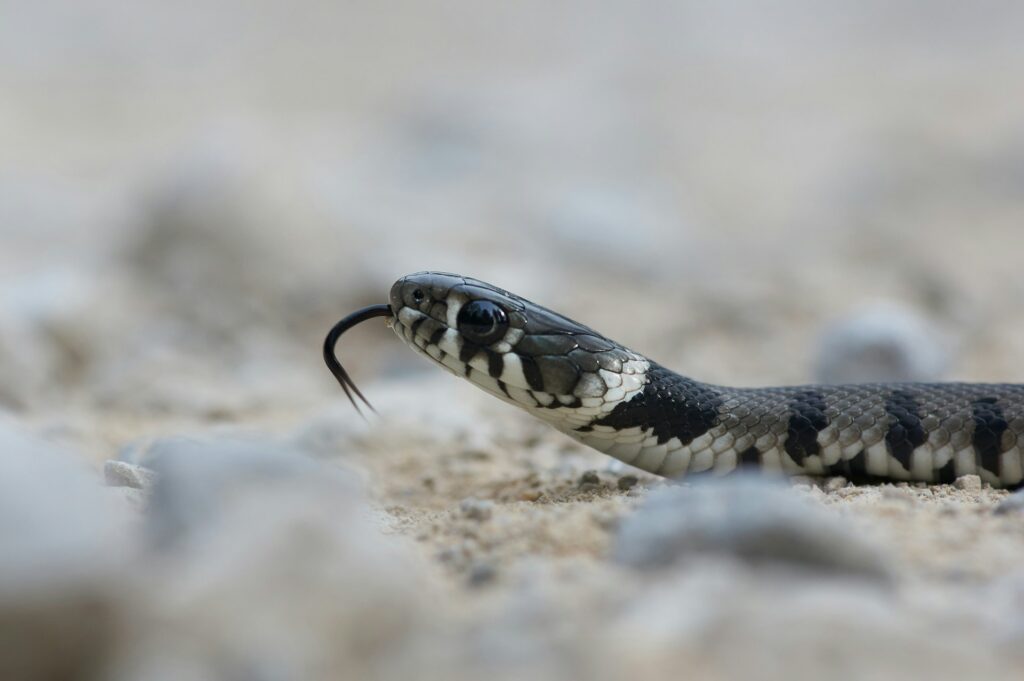
Snakes possess remarkable sensory capabilities that influence their movement patterns in ways that might appear as pacing. Unlike humans who primarily rely on vision, snakes gather information about their environment through chemical sensing via their flickering tongues, which collect particles for analysis by the Jacobson’s organ. This chemical investigation requires physical movement through the environment, often along regular paths, to build a comprehensive sensory map. Pit vipers and pythons add another dimension with heat-sensing pit organs that detect infrared radiation from warm-bodied prey. To effectively use these specialized senses, snakes must move through their territory repeatedly, creating patterns that human observers might interpret as purposeless pacing but actually represent sophisticated environmental mapping and information gathering.
Escape-Oriented Behaviors
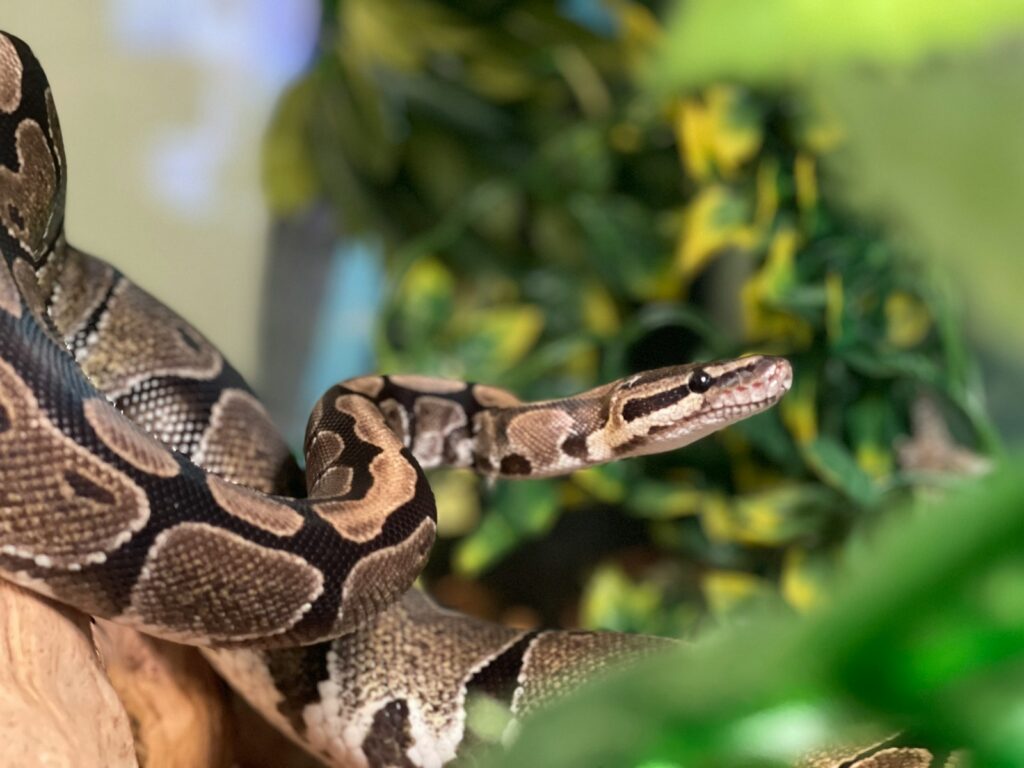
When snakes feel threatened or perceive their environment as unsuitable, they may engage in persistent escape attempts that manifest as pacing-like behavior. This is particularly common in newly acquired captive specimens or wild snakes that find themselves in unfamiliar or restrictive environments. The snake may methodically test boundaries by moving along walls, seeking weakness in barriers, or repeatedly attempting to climb out of enclosures. These movements often follow predictable patterns as the snake returns to investigate promising escape routes. While this behaviour serves a clear purpose for the snake—finding safety or a more suitable habitat—it can be misinterpreted by observers as meaningless pacing. For wild-caught specimens in particular, these escape attempts may persist for extended periods before the snake acclimates to captivity.
Species-Specific Movement Tendencies
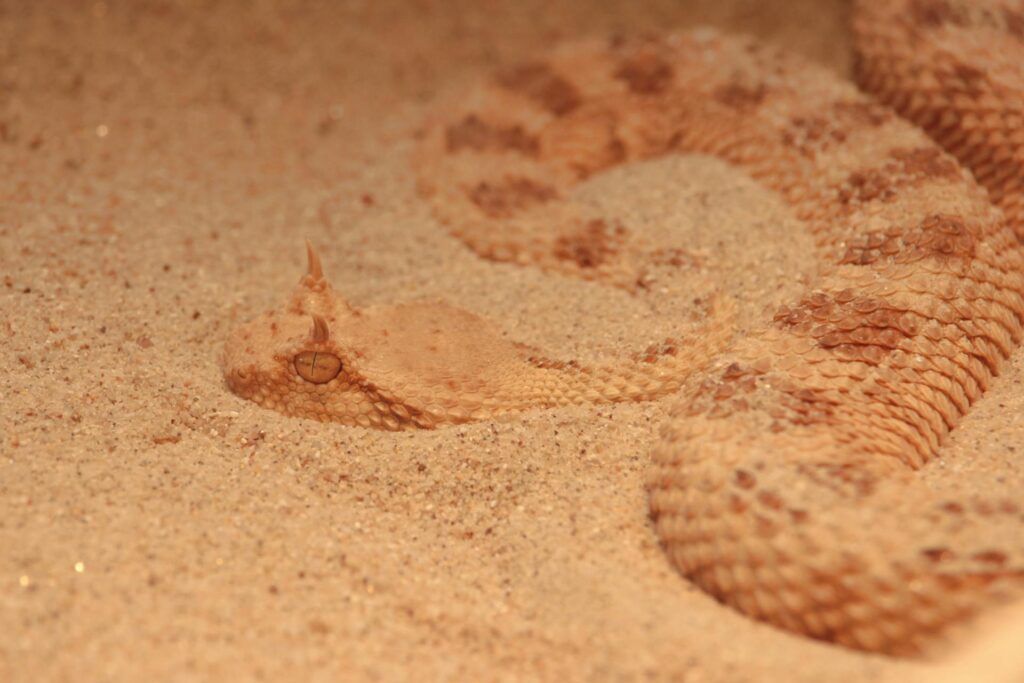
Different snake species exhibit distinct movement patterns based on their evolutionary history, ecological niche, and behavioral adaptations. Arboreal species like green tree pythons naturally move in exploratory patterns that might appear as pacing when confined to terrestrial enclosures. Fossorial (burrowing) species such as sand boas may repeatedly attempt digging motions when kept on inappropriate substrates. Active hunters like coachwhips and racers have evolved to cover large territories and may express this natural tendency through increased movement in captivity. Understanding species-specific movement needs is crucial for proper husbandry, as what constitutes normal movement for one species might indicate stress in another. Professional herpetologists often recommend enclosure designs that accommodate these natural movement patterns to promote physical and psychological health.
Environmental Enrichment and Behavior Modification
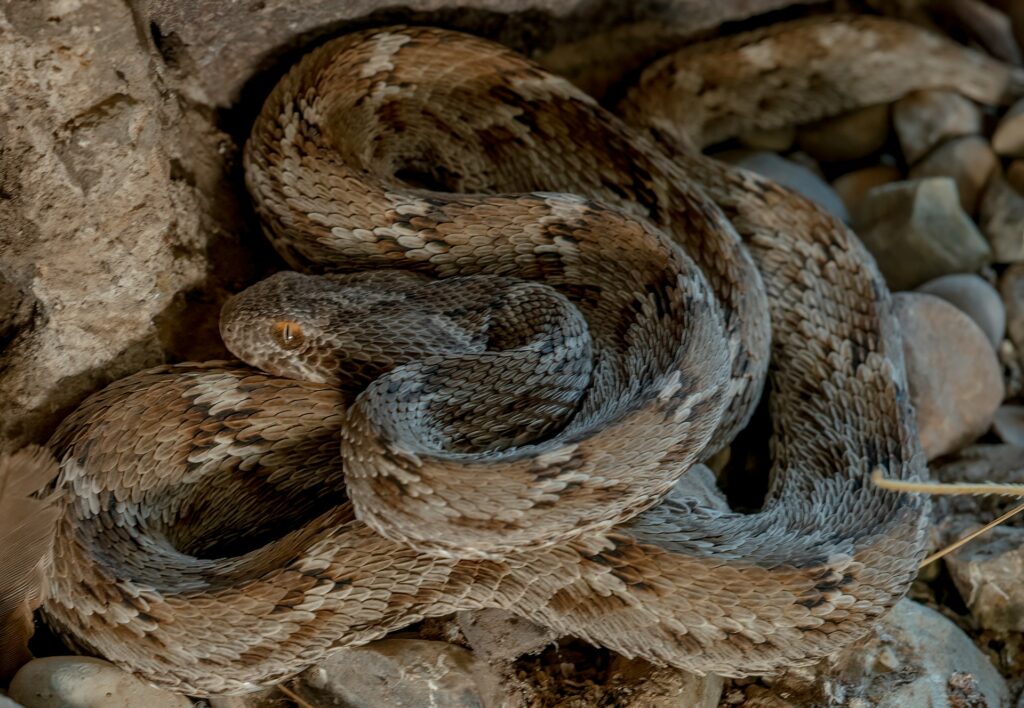
For captive snakes exhibiting genuine pacing behaviors indicative of stress, environmental enrichment offers effective intervention strategies. Complex enclosures featuring multiple hiding spots, varied terrain, climbing opportunities, and appropriate thermal gradients can significantly reduce stereotypic movements. Introducing novel objects, changing scent profiles, or rearranging enclosure elements periodically provides cognitive stimulation that satisfies exploratory drives. For some species, providing deeper substrates that allow burrowing or adding branches for climbing addresses innate behavioral needs that, when unfulfilled, might manifest as pacing. Professional facilities sometimes implement formal behavioral enrichment programs that systematically introduce different stimuli to promote natural behaviors and reduce stress-induced movement patterns, an approach increasingly adopted by dedicated private keepers.
Neurological and Health Considerations
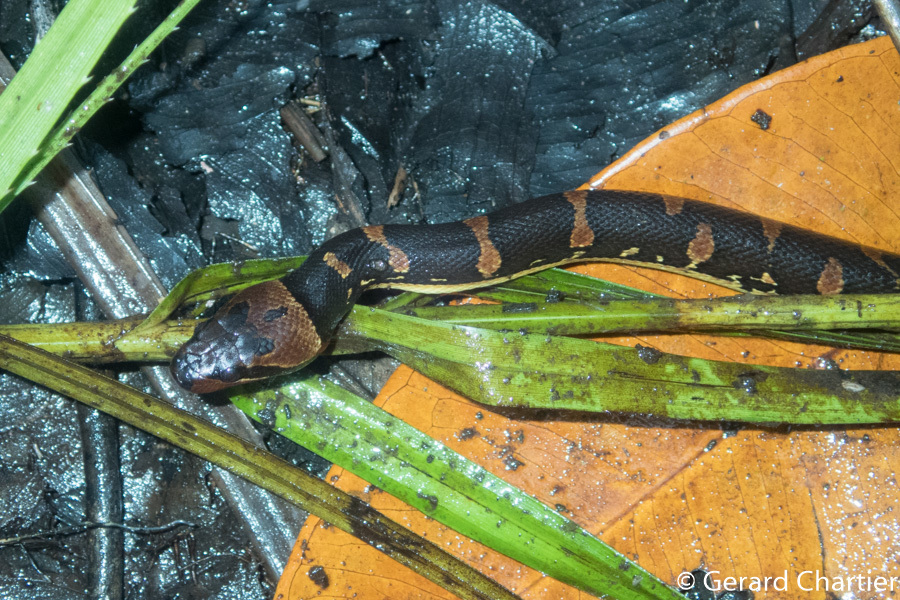
Not all repetitive movements in snakes stem from natural behavior or environmental responses—some may indicate underlying health issues requiring veterinary attention. Neurological conditions like inclusion body disease (IBD) in boas and pythons can cause disorientation and repetitive movements that superficially resemble pacing. Metabolic bone disease, resulting from improper calcium:phosphorus ratios or insufficient UVB exposure, may lead to unusual movement patterns as the snake struggles with muscular control. Parasitic infections, particularly those affecting the nervous system, can also induce abnormal locomotion that appears purposeless or repetitive. Distinguishing between normal behavioral patterns and pathological movements requires careful observation and, when concerns arise, consultation with a veterinarian experienced in reptile medicine.
Observational Research and Understanding Snake Cognition

Scientific study of snake movement patterns has revealed surprisingly complex cognitive abilities that influence their seemingly repetitive behaviors. Research employing radio telemetry to track wild snakes has demonstrated that many species follow consistent paths through their environment, suggesting spatial memory capabilities previously underestimated in reptiles. Experimental studies have shown that some snakes can learn maze layouts and remember them for extended periods, indicating that what appears as random pacing may actually represent systematic exploration or utilization of learned environmental features. Cognitive studies with species like king snakes and rat snakes have demonstrated problem-solving abilities that challenge traditional views of reptilian intelligence. These findings suggest that the repetitive movements we observe in snakes likely incorporate elements of memory, learning, and decision-making rather than simply being instinctual or reflexive behaviors.
Conservation Implications of Understanding Movement Patterns
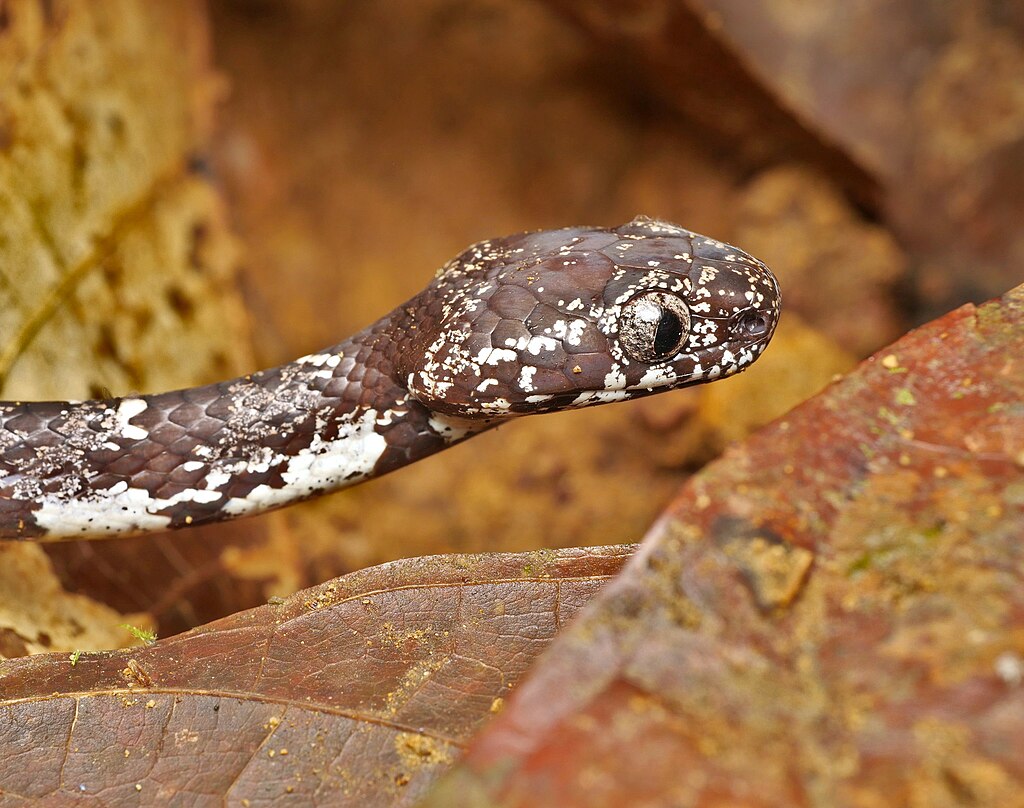
Recognizing and interpreting snake movement patterns has significant implications for conservation efforts, particularly for threatened species. Understanding territorial movements helps conservation biologists determine minimum viable habitat sizes and design effective protected areas that accommodate natural ranging behaviors. Knowledge of seasonal movement patterns informs the timing and placement of protective measures like road-crossing structures to reduce vehicle strikes during migration periods. For captive breeding programs aimed at species recovery, providing environments that allow natural movement patterns improves breeding success and produces behaviorally competent individuals for eventual release. By viewing pacing-like behaviors as expressions of natural movement needs rather than random activity, conservation programs can better address the spatial and behavioral requirements of endangered snake species, ultimately improving the success of both in-situ and ex-situ conservation efforts.
Conclusion
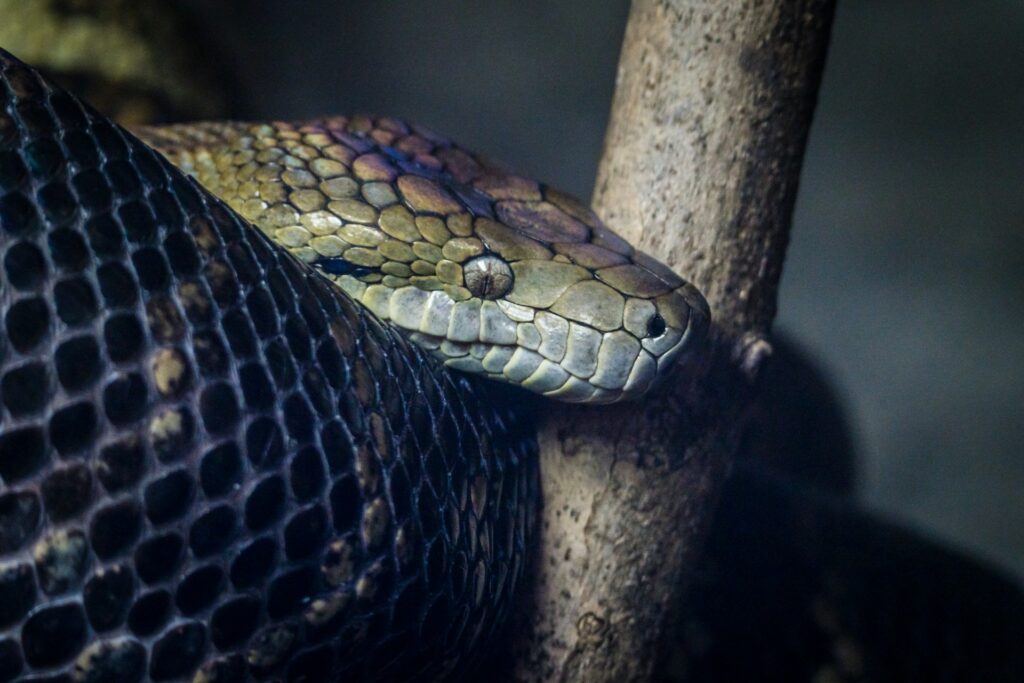
The phenomenon of snakes appearing to “pace” their territory represents a fascinating intersection of biology, behavior, and environmental adaptation. What might seem like simple repetitive movement to casual observers actually encompasses a complex array of behaviors serving crucial functions—from thermoregulation and hunting to territorial maintenance and sensory exploration. In captivity, these natural movement patterns can become exaggerated or distorted, sometimes indicating stress but often simply reflecting the snake’s attempt to fulfill biological imperatives within confined spaces. By understanding the multifaceted reasons behind these movement patterns, both scientists and snake enthusiasts can better appreciate the sophisticated behavioral repertoire of these remarkable reptiles and provide more appropriate care for captive specimens. Rather than dismissing snakes as simple creatures driven purely by instinct, recognition of their purposeful movement patterns reveals the complex cognitive and behavioral adaptations that have allowed these legless reptiles to thrive for over 100 million years.





